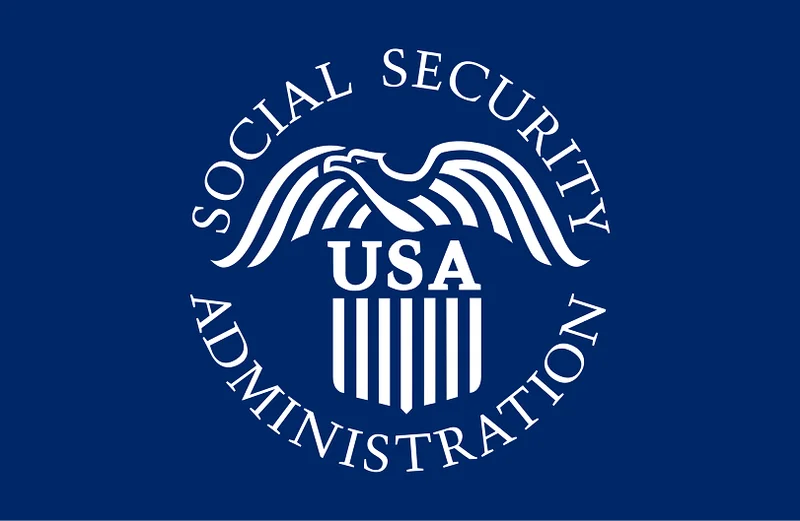Generated Title: Why Some Social Security Checks Won't Arrive in November—And Why It Doesn't Matter
There’s a narrative taking hold that some Social Security recipients won’t get a payment in November. This is reflected in headlines like Some Social Security recipients won’t get a payment in November: See payment schedule. On its face, the statement is technically correct. But it’s also a masterclass in how to generate anxiety out of thin air. The reality is far more mundane, and frankly, far more reassuring.
The "missing" payment isn't a result of the political theater of the ongoing government shutdown, now dragging into its fourth week. It's not a sign of systemic collapse or fiscal insolvency. It’s the result of a simple, predictable, and frankly boring quirk of the calendar. The entire event is a data point masquerading as a crisis.
Let's look at the numbers. Supplemental Security Income (SSI) payments are scheduled for the first of the month. November 1, 2025, happens to be a Saturday. The system, in its decades-old wisdom, is programmed to do the logical thing: issue the payment on the preceding business day. In this case, that’s Friday, October 31. So, SSI recipients will receive two payments in October and none in the calendar month of November. The total amount of money paid is unchanged. The timing is merely shifted by a single day. This isn't a bug; it's a feature.
The Social Security payment system operates less like a modern government agency and more like a piece of legacy mainframe hardware running an unchangeable script. It is an enormous, automated clockwork mechanism designed decades ago to be insulated from the day-to-day chaos of Washington. It doesn't care that Congress can't agree on a budget. It just checks the date, verifies the recipient list, and executes the payment run. That’s it.
This isn't even an unusual occurrence. A similar sequence played out in August of this year. It will happen again in December, when the payment for January 1 (a federal holiday) is disbursed on December 31. For the roughly 7.5 million Americans who receive SSI—to be more precise, the SSA reports the number is closer to 7.4 million—this is a recurring and documented pattern.

I’ve analyzed complex financial systems for years, and what I find genuinely puzzling here is not the system's behavior, but the public reaction to it. Why does a perfectly predictable, logical scheduling adjustment get framed as a potential catastrophe? What does it say about our baseline trust in core institutions when a simple calendar artifact can be mistaken for a systemic failure? The payment schedule is as predictable as a tide table, yet we treat each high tide as a potential tsunami.
The real story isn't that a payment is "missing" from November. The real story is that despite a 27-day government shutdown where thousands of SSA employees are furloughed, the checks are still going out. The core function of the machine is working exactly as designed.
The government shutdown is not irrelevant, but its impact is widely misunderstood. The direct payments are the "signal"—they are protected by law as mandatory spending, not subject to the annual appropriations circus. The shutdown, however, creates an enormous amount of "noise" that degrades the system's periphery.
While the automated payment system hums along, the human-facing services are fraying. Local Social Security offices remain open on a limited basis. You can still request a replacement Medicare card or report a death. But the capacity to process new applications or handle complex appeals is significantly hampered. The shutdown doesn't stop the money from flowing, but it throws sand in the gears of every process that requires human intervention.
This is the real vulnerability. We have a robust, automated core surrounded by a fragile, understaffed support layer. The administration just announced the 2026 Cost of Living Adjustment (COLA) will be 2.8%, which will increase the average benefit by about $56 per month (a figure that barely keeps pace with actual household inflation, but that’s a different analysis). The system can calculate and apply this change to more than 71 million beneficiaries with near-perfect accuracy. Yet, if you have an issue with that new payment amount, good luck getting a timely resolution from a furloughed workforce.
Is the primary risk to beneficiaries a one-day shift in their payment date, or is it the slow, grinding collapse of the customer service infrastructure designed to help them navigate the bureaucracy? The data suggests the latter.
Ultimately, the panic over the November SSI payment is a textbook example of confusing correlation with causation. Seeing a government shutdown and a "missing" check in the same month and connecting the two is an easy, but incorrect, leap. The data shows a perfectly functioning, if archaic, payment machine executing its program as scheduled. The anxiety is the variable, not the payment. The real issue isn't the reliability of the direct deposit; it's the reliability of the human on the other end of the phone when you need help. And that's a problem no calendar adjustment can fix.